This article was reproduced from the autocarweekly official account, written by Xue Yafu.
Elon Musk invested $1.5 billion in Bitcoin, and his short-term gains have already reached billions of dollars. It’s worth noting that Tesla’s net profit last year was only $721 million. After a year of hard work, Musk’s gains from investing in Bitcoin have already surpassed the profit from making cars. In today’s world, making cars may not be a lucrative business after all.
The Song PLUS DM-i has officially launched, with four models selling for a total price of 146,800-169,800 yuan after comprehensive subsidies. It’s still true that using the money for a gasoline-powered car to buy a hybrid car is a sensible choice.
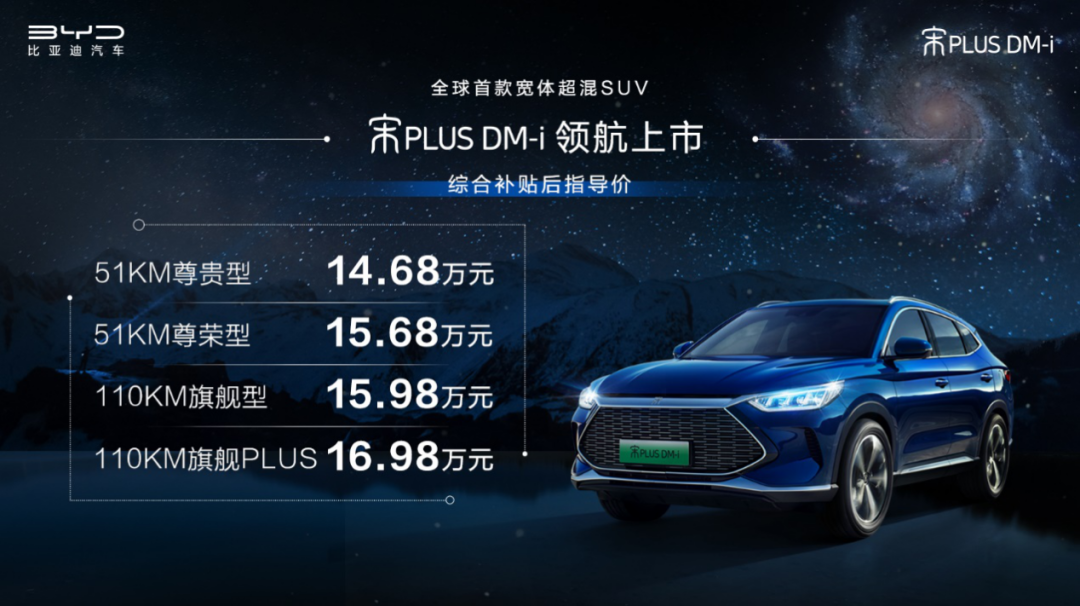
Judging from the price alone, it’s no exaggeration to say that the competition is “invincible.” After all, in the entire industry, there are not many hybrids that can qualify for green license plates while still having lower electric energy consumption than gasoline-powered cars of the same class. Even the starting price of comparable models is equivalent to the top configuration of the Song PLUS DM-i. Even if we consider the price of gasoline-powered cars, the Song PLUS DM-i is still a great deal. It completely breaks the rules and sets a new industry standard.
Making cars may not make astronomical profits, but how to maintain long-term profitability and develop new technology is the real test of every car company’s overall competitiveness and true business value.
Price is always the first point of attack. Only when prices go down will people be willing to listen to the story and understand the technology behind the product.
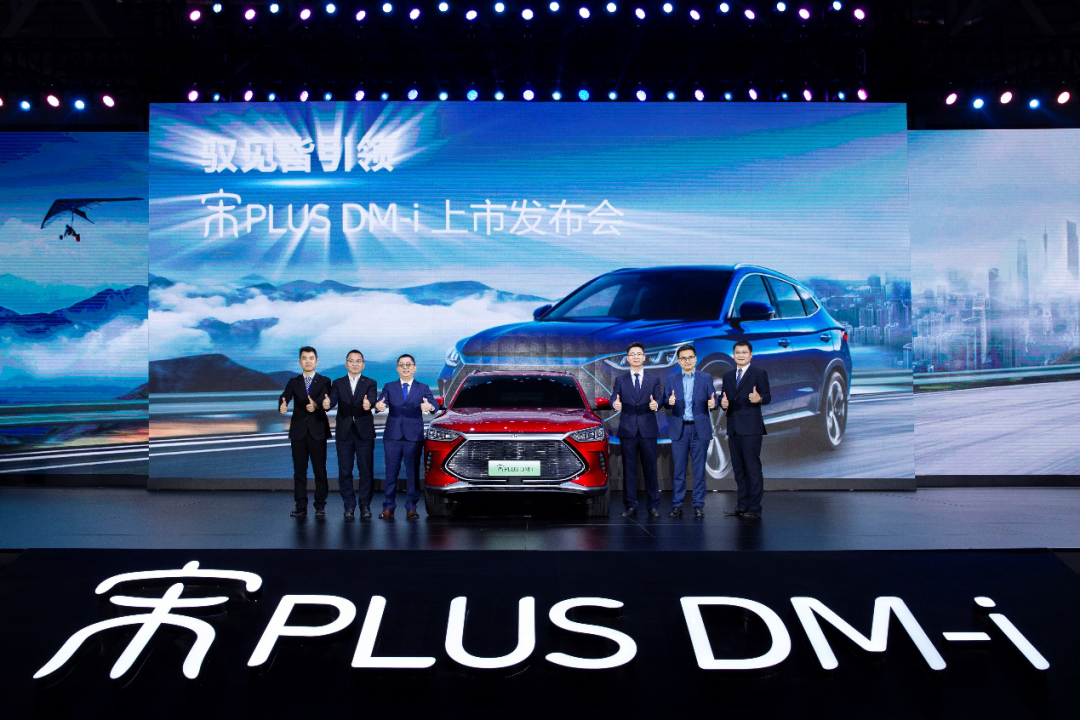
In the new energy market, BYD insists on transitioning to the pure electric era through the hybrid technology route. BYD’s super hybrid technology consists of two series: DM-p and DM-i. The former is built around high-performance attributes, such as the Han model, which can complete 0-100 km/h acceleration in just 4.7 seconds, while the latter is focused on fuel economy and cost-effectiveness. These two sets of power, each with its unique personality, from Qin to Song, and the upcoming Tang DM-i, are all built around the economic route of fuel-saving.
The DM-i hybrid architecture consists of a Qinhuangdao – plug-in hybrid-specific 1.5L high-efficiency engine matched with an EHS hybrid system. The core components of this powertrain also include a dedicated power-type blade battery and a high-power high-speed motor. Although each car company’s hybrid technology has different technical characteristics, this powertrain can be adapted to all vehicles weighing less than 1.9 tons and has strong expandability.### Translation
The comprehensive power of the BYD Song Plus DM-i is 173 kW, and the 110 KM version can accelerate from 0 to 100 km/h in just 7.9 seconds, equivalent to the performance of a conventional 2.0T fuel vehicle. In reality, if the engine direct-drive mode is not intentionally selected, it can be challenging to trigger the engine start and work, as the architecture is primarily electric. (Similar to the experience of Honda i-MMD, the actual fuel consumption is even lower.)
Like the Qin Plus DM-i model, the BYD Song Plus DM-i model also has two pure electric versions separated by 51 KM (8.3 kWh battery capacity) and 110 KM (18.3 kWh battery capacity) of range. The usage scenarios are straightforward: for friends with a long-distance commute to work with good charging conditions, they can choose the 110 KM version (equipped with DC fast charging and charging pile installation rights). For those who have inconvenient access to charging, the 51KM version can be used as a fuel vehicle, with lower fuel consumption and good driving performance.
BYD also claims that in a state of electric power loss, they have conducted actual fuel consumption tests in the busiest time in Shenzhen’s downtown area, and the actual fuel consumption will not exceed 5 L/100 km.
Currently, the homogenization problem of most cars on the market is severe, regardless of design, powertrain, networking, and even marketing style. Everyone does the same thing with a little variation, and the competition is fierce, and the price is transparent. As the saying goes, the more they do, the lower the price they have to pay.
Ultimately, products that are difficult to premium priced are due to the lack of innovative new technologies.
The DM-i hybrid system has a hidden black technology feature: the traditional gearbox is removed from the powertrain system, and the electric motor becomes the main driving device, so the power feels unlimitedly close to that of an electric vehicle. When the engine direct drive is required, the power output is only completed by the coupling clutch. In the past, it was difficult to make the gearbox smooth, but now, by removing the most challenging part of the smooth process and relying mainly on electricity, the major factory’s technical barriers are cleverly bypassed.
This technical route is similar to Toyota THS and feels quite similar to Honda i-MMD. However, the entry threshold for Toyota and Honda hybrid models is not low, and their energy-saving performance may not be much better than DM-i. Moreover, in the front-end market competition, fuel vehicles of the same class cannot compete with DM-i, and the price is even lower. Therefore, the DM-i has a very competitive purchasing power.
This commercial value logically becomes BYD’s most premium capability.# Introduction
Since the grand release of the DM-i super hybrid in January this year, BYD’s upgrade of strength is not limited to the hard power. The sensory enjoyment and psychological satisfaction on the soft power level are also greatly enhanced.
The feeling of Sung Plus DM-i now seems to have some presence of international giants. Today’s BYD is definitely not the BYD of two or three years ago, which existed purely as a means of transportation with practicality as its top priority. The Sung Plus series is trying to go beyond simple functional attributes and has ambitions beyond its category.
Details
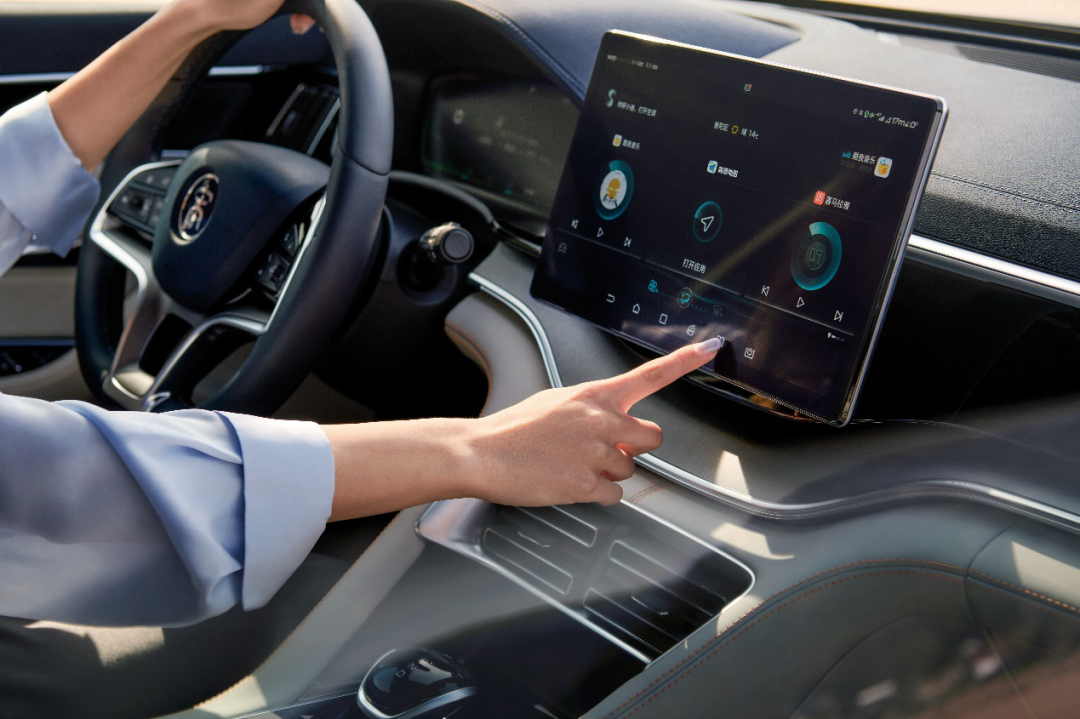
The Sung Plus DM-i entry-level is high-end. The DiLink 3.0 intelligent networked system and panoramic sunroof are standard on all models, and the Dipilot intelligent driving assistance system is available on two high-end versions. The experience in all aspects of configuration is also good, but these are not the core.
The beauty of Sung Plus DM-i lies in its details. The large area of the center console in the front row is wrapped in leather, with a combination of colors and double stitching design. It can be seen that it is trying to create a textured atmosphere. Equipped with an air purification system, it enhances the atmosphere light color setting, etc.
In fact, for a long time in the past, Chinese brands could basically only rely on high cost-effectiveness and practicality to gain market share. Now, Sung Plus DM-i is aiming to go beyond the existing simple and practical product attributes, bringing sensory and psychological satisfaction through product quality, and then improving users’ sense of quality of life. This is something that luxury brands often do in the past.
Next is the size.
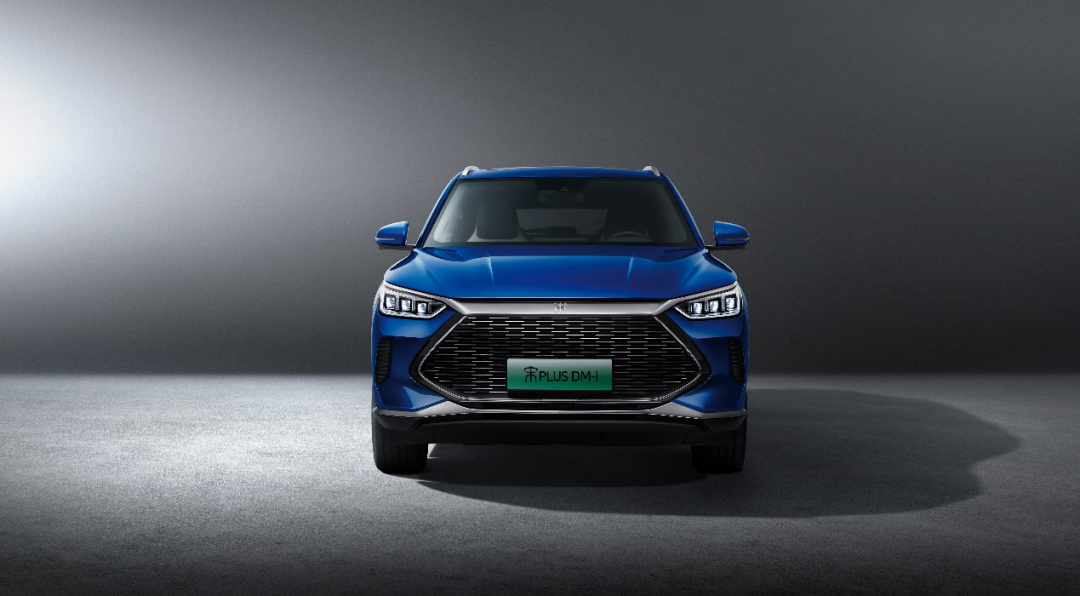
The length, width, and height of the fuel-powered Sung Plus are 4705 mm, 1890 mm, and 1680 mm, respectively, with a wheelbase of 2765 mm. These three data of length, width, and wheelbase are larger than direct competitors such as the Haval H6 and Changan CS75 PLUS, and coupled with the fully flat floor in the rear row and the rear seats that can be adjusted up to 28 degrees, it indeed brings a versatile spacious experience for the Sung Plus series. The size of the Sung Plus DM-i model is already close to the level of a mid-size SUV, which inherently meets the Chinese people’s “the bigger, the better” demand.
#
To be honest, I think that the exterior design of Sung Plus DM-i can be bolder. The front face can be more fierce, which can match its excellent power system inside and out. As it stands now, it also fits the psychology of the group that “makes a fortune in silence” in terms of car use.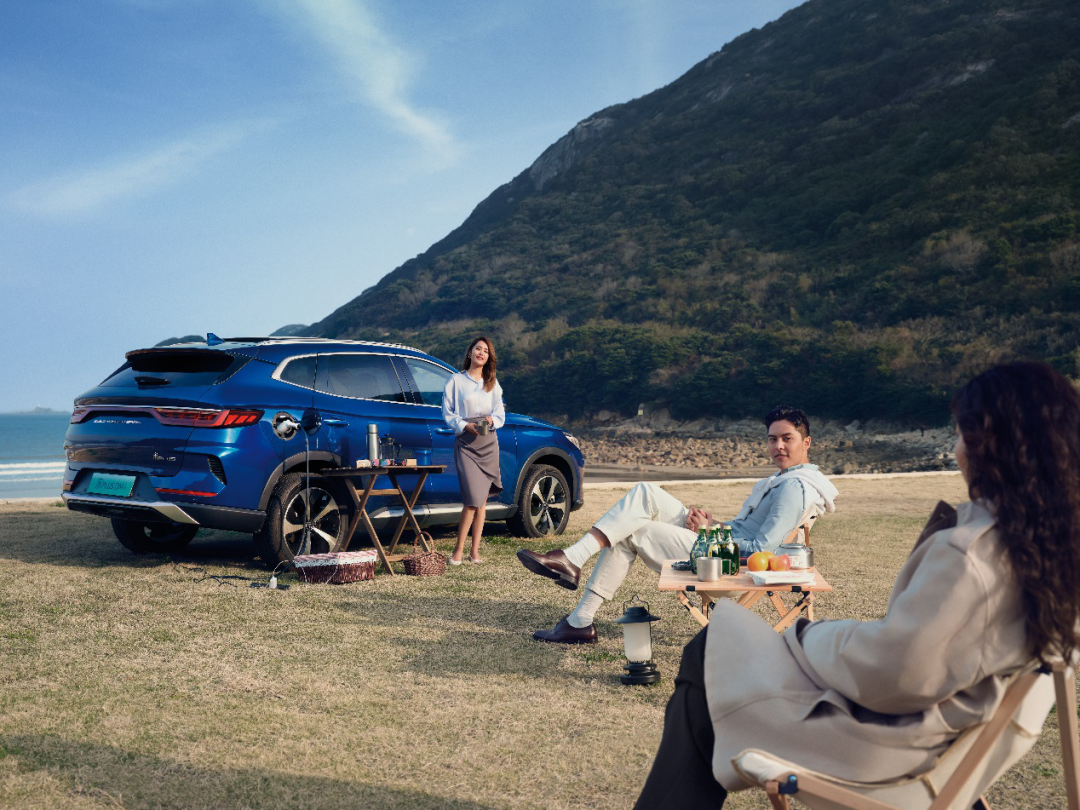
From Qin PLUS DM-i to Song PLUS DM-i, BYD may only need one Tang DM-i to achieve its dynasty dream. After all, compared to some flashy competing products, what BYD is doing is to create a heartwarming family car in all dimensions. Car manufacturers that often find it difficult to succeed must have insufficient reserves of core technologies and a complete advanced R&D system and keen market sense, which ultimately become the moat for car manufacturers.
After Song PLUS DM-i, let’s look forward to the good show of Tang DM-i.
This article is a translation by ChatGPT of a Chinese report from 42HOW. If you have any questions about it, please email bd@42how.com.